Rest assured, if you use our ICI Toilettes app, you’ll be able to find the toilet closest to you, and they will feature actual toilet paper!

Oh, toilet paper, that humble hero of our most intimate moments. Let’s go back in time, to the days when our ancestors had to improvise some quite wild solutions. Polished shells and sponges at the end of a stick, a time when hygiene rhymed with adventure.
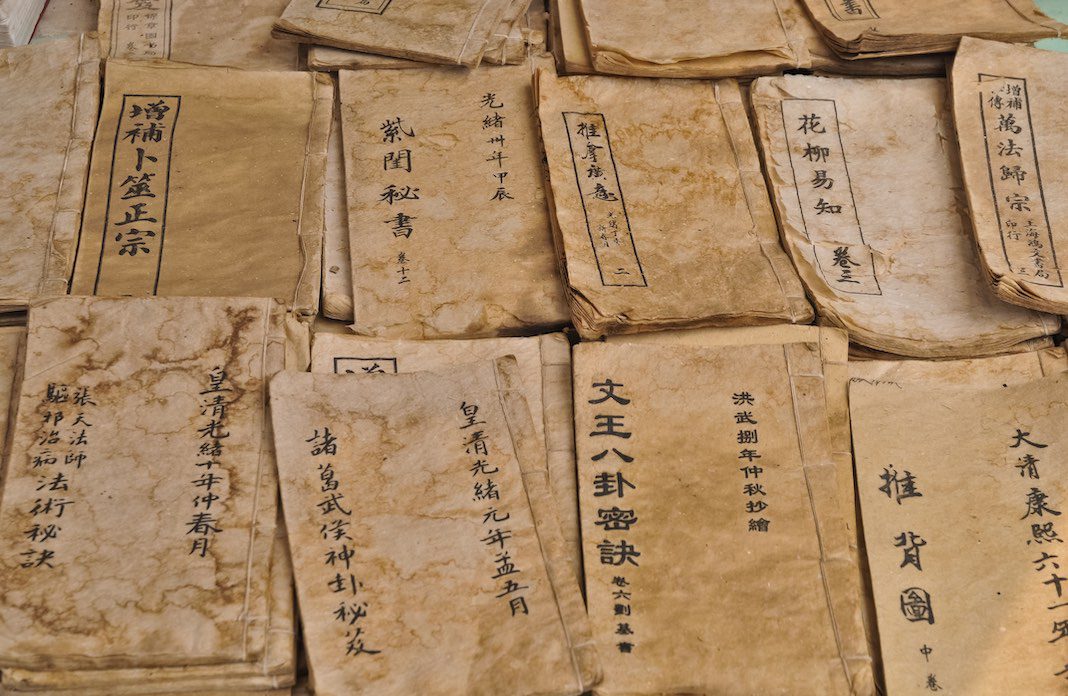
Back in the days of yore, around 421 B.C., Ancient Greece was at the forefront of hygiene, and guess what, they were fans of “pessoi,” otherwise known as… pebbles. Archaeologists, true toilet detectives, have even found these pessoi in latrines around the Mediterranean. At the time, latrines were the “collective toilets” for the Greeks and Romans.
The pessoi, with a precise size ranging from 3 to 10.5 centimeters in diameter and a thickness of 0.6 to 2.2 centimeters, were the essential accessories for wiping. Yes, you read that right, back then it was the pebble combo for antique cleanliness. Of course, these pebbles were polished, because who would risk injuring themselves in this sensitive area? The ultimate refinement: they were often made from old ceramics.
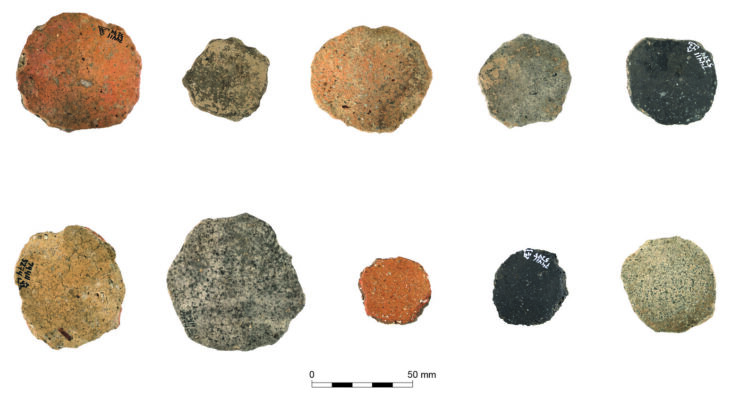
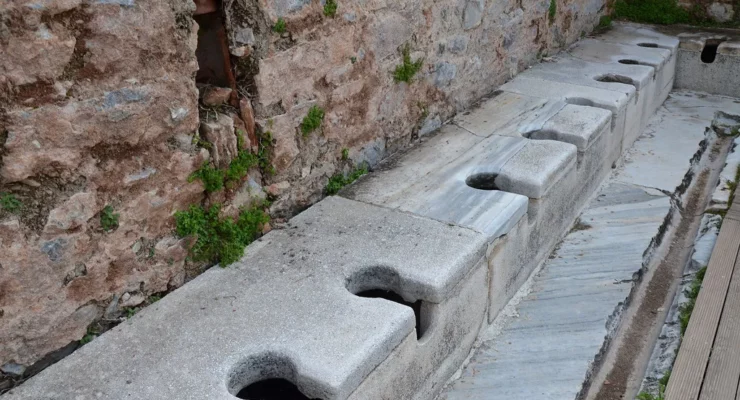
In ancient Rome, historians believe the Romans had a weakness for the “tersorium” – a sponge at the end of a stick. After each use, it was rinsed and made available to the next latrine adventurer. A memorable anecdote comes from the philosopher Seneca the Younger, describing the tragic episode of a German gladiator who decided to end his life in the toilet, using a tersorium as a dramatic prop. The story thus offers us both a comic and dark picture of the history of ancient hygiene practices.
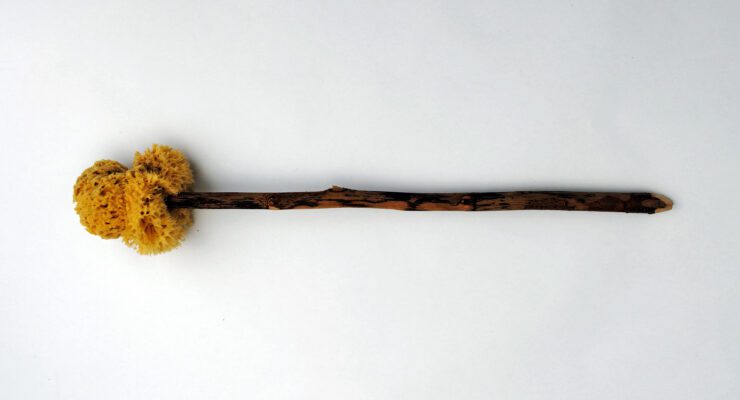

Ah, the enigmatic Middle Ages, a time when discretion reigned even in post-toilet wiping testimonials. Today, we’ve been able to unearth a variety of materials for this noble ritual. We’re talking old rags, bits of fabric, even little balls of wool. But wait, it’s getting botanical! Natural resources were also on the agenda, with cleaning adventurers opting for plant-based materials. Imagine wiping yourself with moss, leaves, hay or even straw!


In Asia, the use of the hygienic stick spread from India to China and Japan. In China, archaeologists have found bamboo sticks dating back to the 1st century AD. These sticks were wrapped in cloth to be dipped in water for cleansing after defecation. Now imagine yourself in Japan during the Nara period (710 to 784), where “chuugi”, clothless sticks, were the trend in post-defection hygiene. After the stones, there come the sticks!
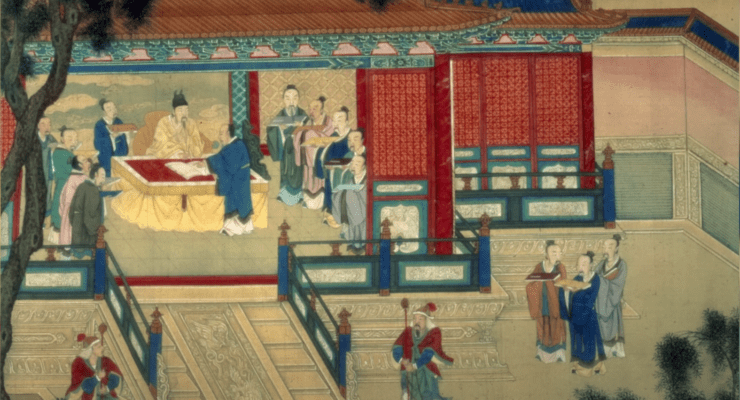
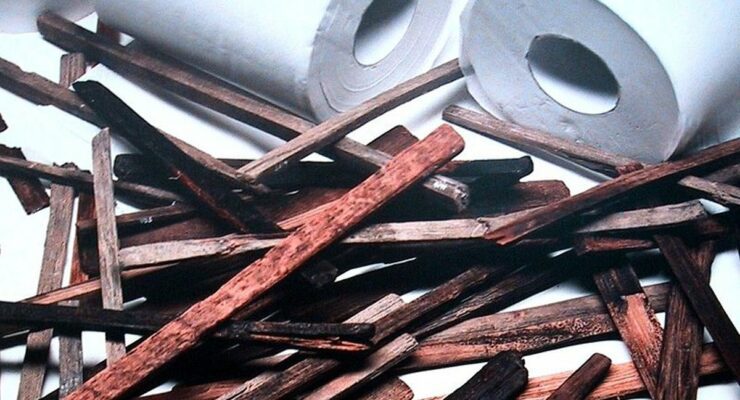
As for paper, the hero of our story, it was born in China in the second century BC. Of course, this was the beginning of the toilet paper era. The first evidence of this revolution dates back to 589 AD. You could wipe with paper, whether used or new, the latter being produced from rice straw. It’s no wonder the Chinese have been using it up by the bucketful! A report from 1393 mentions that 720,000 sheets were produced every year for the imperial palace alone. And 15,000 of 20 cm square sheets were specially produced for the imperial family. Soft, fragrant paper for imperial royalty.

History continues in the West during the Renaissance. Rabelaisthe enlightened author and physician, has given us a nugget in the history of personal hygiene. Imagine Gargantua,a giant with an unusual daily routine, discussing the various materials used to wipe his buttocks with his father. An endless list where everything seems inadequate for this delicate giant. And here it is, for the first time, paper enters the scene. However, Gargantua, an astute critic, deemed it inappropriate, arguing that it had the unfortunate tendency to irritate the private parts. Paper, then a young player in the hygiene drama, was already in the running, but not without some growling from the giant.


At that time in Europe, paper was precious, almost a luxury. More than just a forecasting tool, almanacs became practical hangers, suspended by a cleverly placed rope. And, between us, their use wasn’t limited to reading, was it?
Then came the era of industrialization, transforming paper from a rare treasure into a common good. The avalanche of newspapers, the revolution in periodicals, all contributed to making paper more accessible. However, the big change came outside China, where fresh paper for more intimate purposes became a reality .
E n 1857, New York entrepreneur Joseph Gayetty took the bold step of creating the very first commercial toilet paper. Each leaf proudly bore its own name, a clever reminder of what we were dealing with. And to boost sales, the product was presented as a medicinal marvel, a panacea for hemorrhoids. The year 1890 saw the advent of the roll, thanks to Clarence and Irvin Scott, also enshrined in the annals of paper. One year later, Seth Wheeler improved the concept with perforated lines, putting an end to the eternal debate: roll over or roll under?


Then, in the 1920s, the Hoberg Paper Company launched a toilet paper specifically designed for women, the famous “Charmin”.Charmin“.Goodbye medicinal properties, hello feminine softness. It was the beginning of a new era for toilet paper.
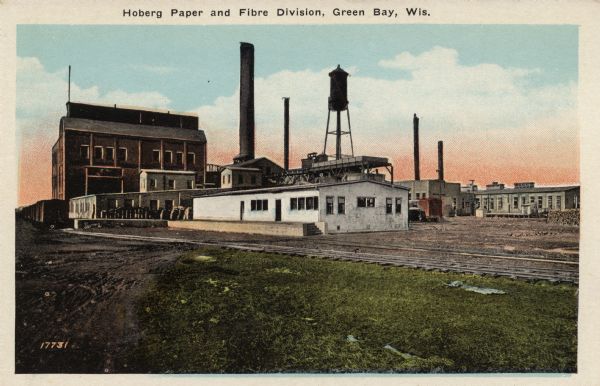
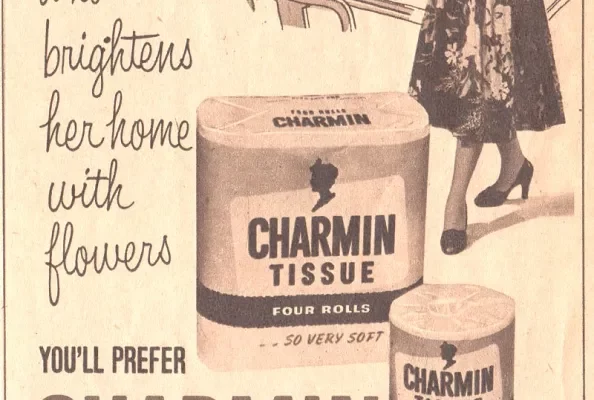

Toilet paper entered its golden age, becoming a flamboyant symbol of the economic revival after the Second World War. The 1950s and 1960s, with their growing prosperity, opened the doors of comfort to all, particularly in Germany and France. The exponential growth in production led to a significant drop in price, making toilet paper the jewel in the crown for every household. A revolution no one could have expected, but one that has rolled out the carpet of wellness in our loos.
Rest assured, if you use our ICI Toilettes app, you’ll be able to find the toilet closest to you, and they will feature actual toilet paper!
